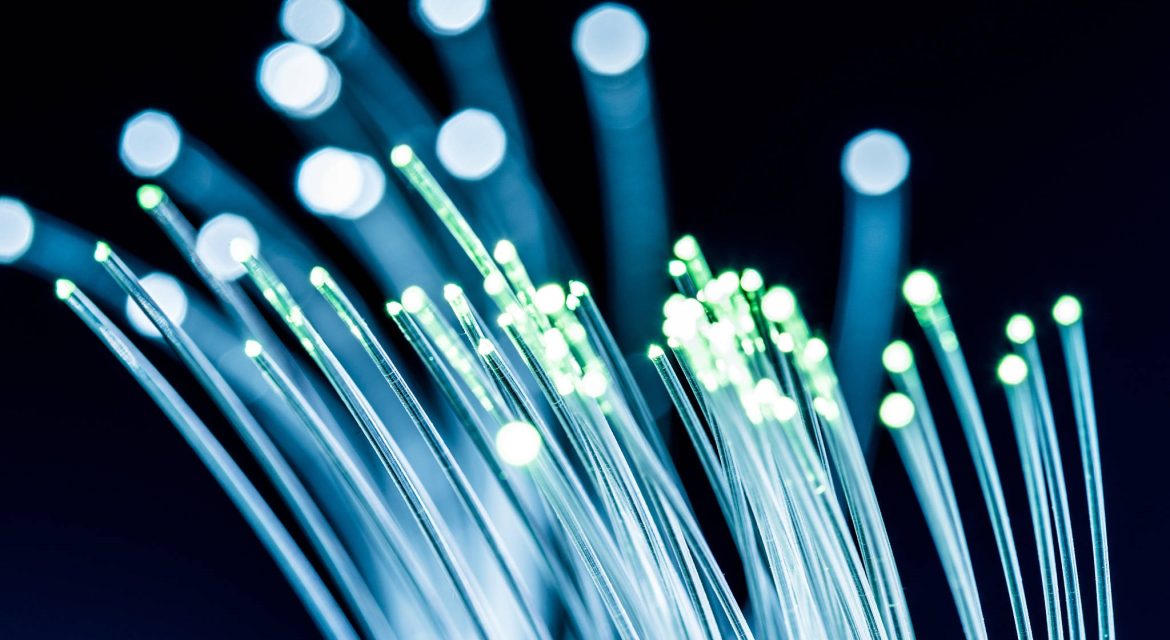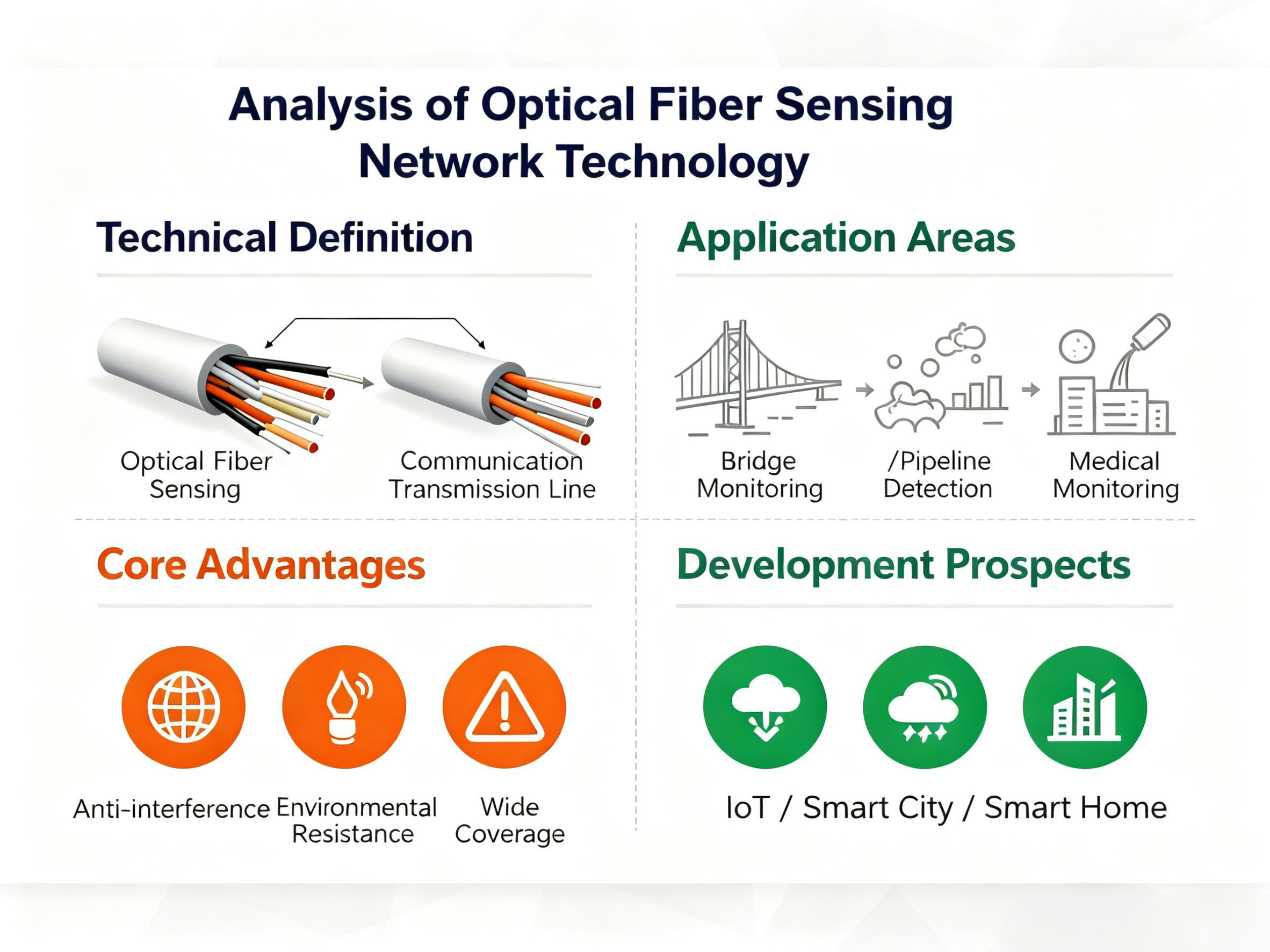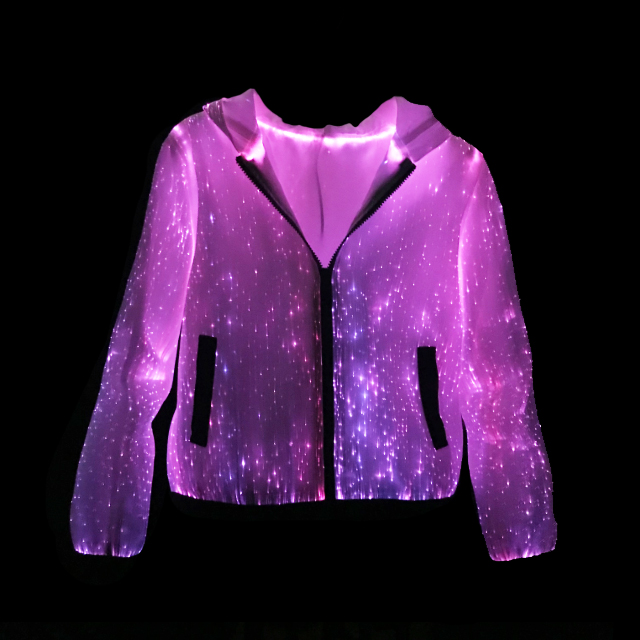The core of modern communication and information transmission is the fiber optic technology. With technological advancements, the application scope of fiber optics is more bigger than before, covering areas ranging from high-speed internet to industries such as manufacturing and healthcare. In this process, internationally advanced glass fiber technology and plastic optical fiber (POF) each demonstrate distinct advantages and application prospects, forming a clear contrast.
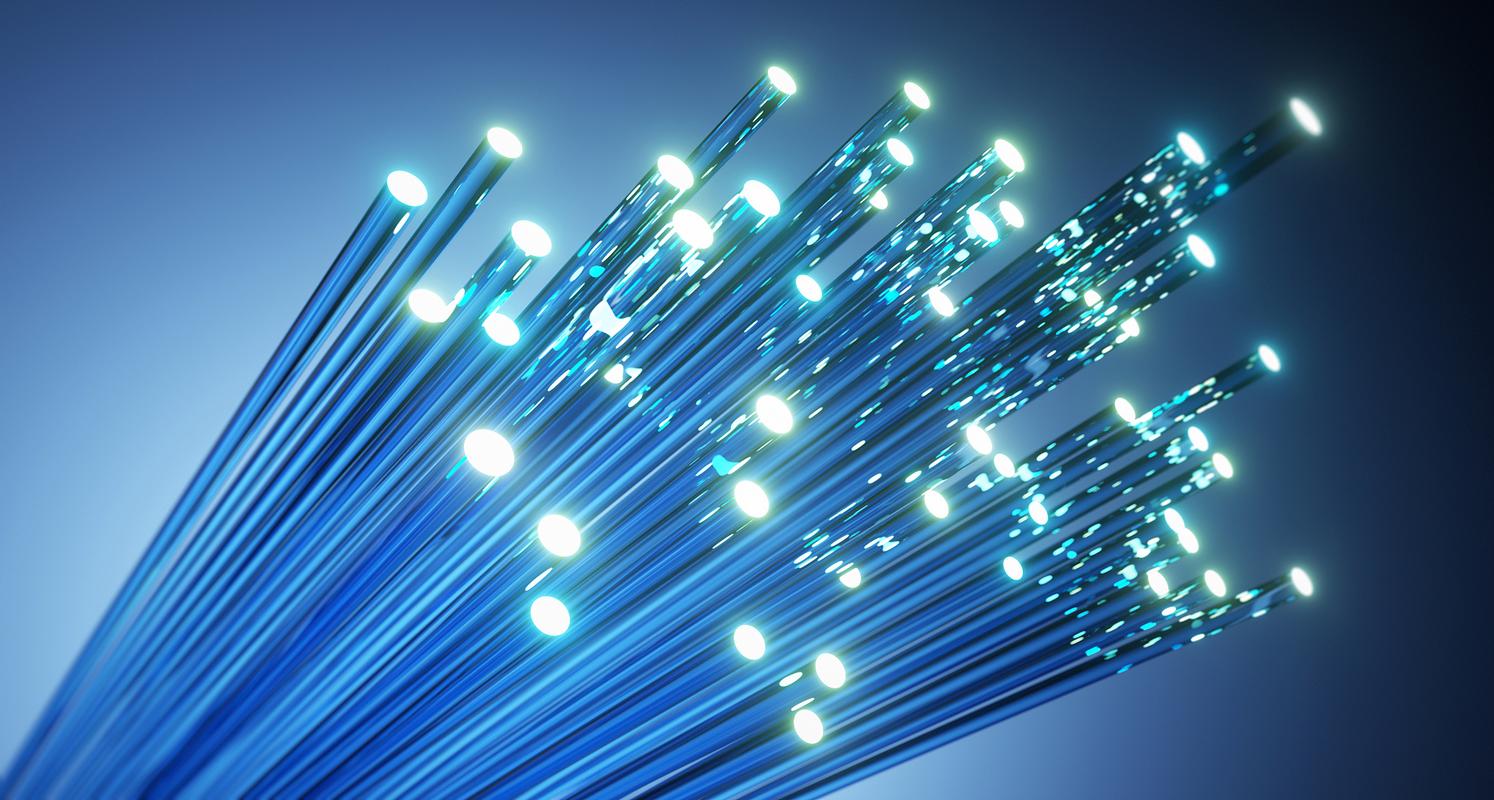
The communication demands are growth every day, International Advanced Optical Fiber technology has achieved data transmission rates of tens of Tb per second, significantly enhancing the capacity and efficiency of global communication networks. Currently, international advanced optical fiber technology has not only made breakthroughs in traditional single-mode fiber (SMF) techniques but is also continuously developing new fiber materials and structures.
Glass optical fibers dominate in long-distance and high-speed transmission, but plastic optical fibers is great potential in short distance and high flexibility applications. In the future, with further optimization of plastic fiber optic materials and technology continuous progress, the bandwidth and transmission distance of plastic fiber optic will be further improved, and it may even compete with glass fiber optic in certain areas.
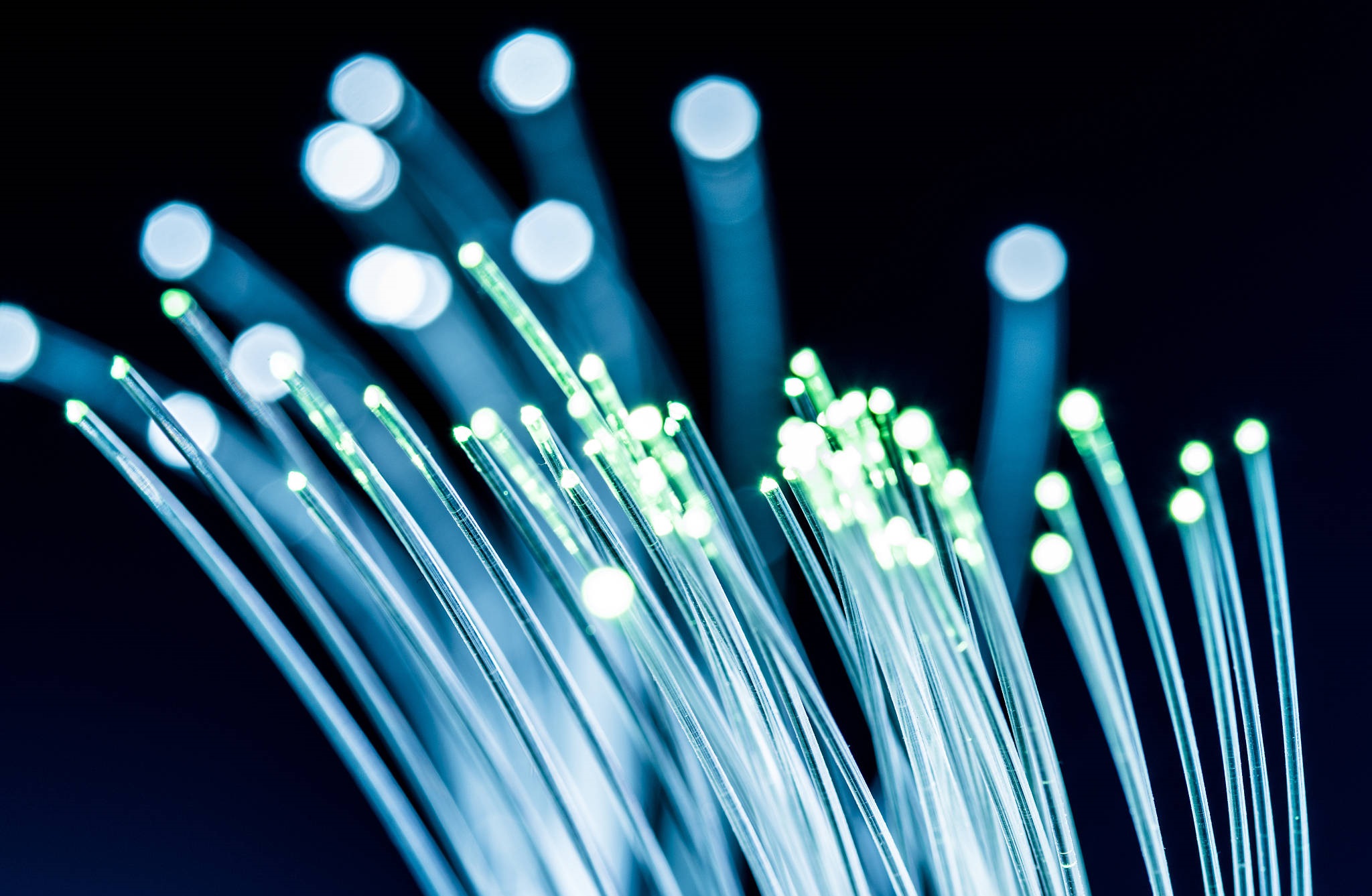
Both home and office environments, plastic optical fibers have become an ideal choice for local network connections because of their ease of wiring and anti-interference properties. For example, in home LAN and home entertainment systems, plastic fiber optic can provide sufficient bandwidth to meet the needs of video streaming, gaming, and data transmission. Moreover, compared to glass fiber optic, plastic fiber optic is more safe, durable and has a stronger ability to adapt to temperature and environment.
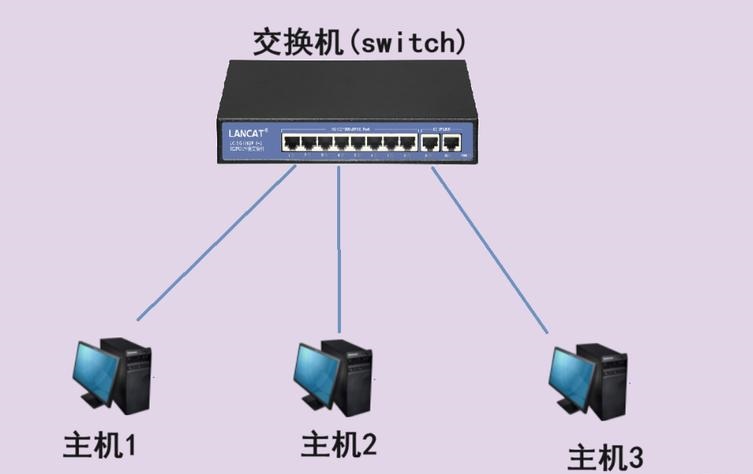
In addition, the manufacturing process of optical fibers continues to be refined. The application of new fiber optic materials such as fiber optic neutral media and low loss coatings further improves the performance of fibers, especially in harsh environments. In the future, fiber optic technology will be deeply integrated with fields such as 5G, the Internet of Things, and smart homes, driving the global communication system towards a more efficient and reliable direction.

